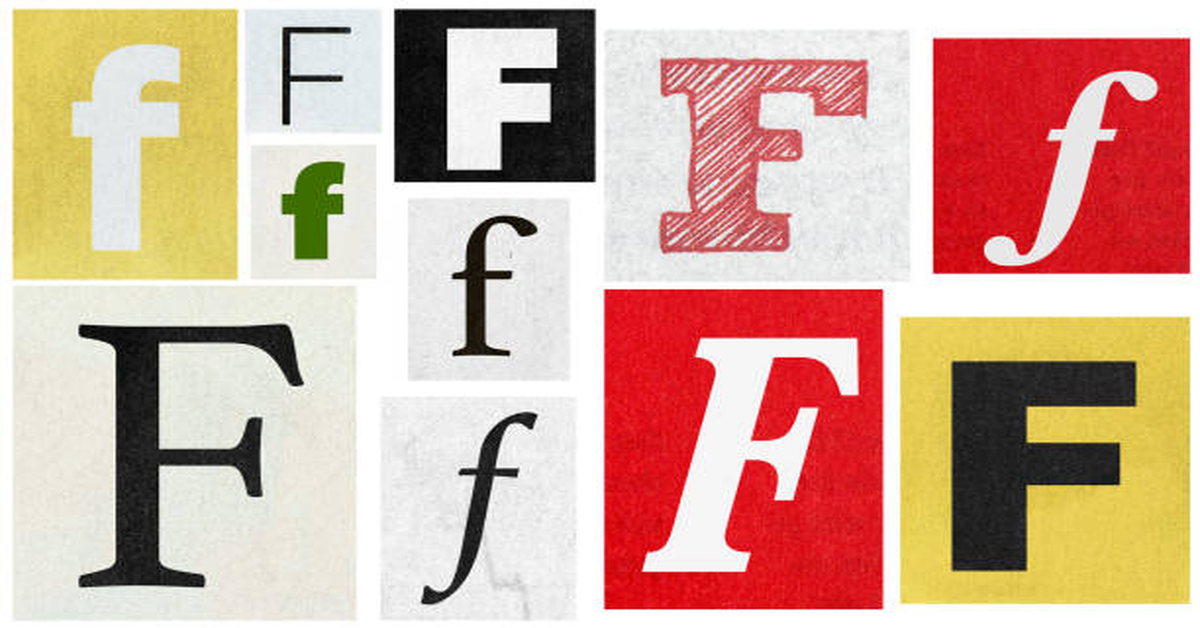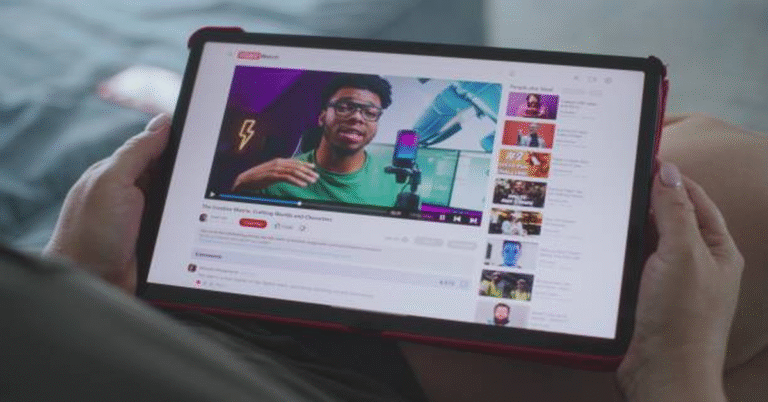
Typography is one of the most powerful tools in communication, both in digital and print mediums. The way text is designed, structured, and displayed significantly impacts readability, emotional connection, and even the credibility of the message being shared. The keyword “fontlu” is often associated with discussions around fonts, their applications, and the world of typography. In this comprehensive article, we will explore everything connected to Fontlu, fonts, typography, their history, their usage across industries, how to choose the right font for specific projects, and much more.
This article is structured to give you an in-depth, step-by-step understanding of fonts, their classifications, and their practical usage in design. Whether you are a graphic designer, a student of visual communication, a professional working in publishing, or simply someone interested in the art of letters, this guide will provide all the insights you need.
Understanding Fontlu and the Concept of Fonts
The term Fontlu can be interpreted as a reference to fonts and the way they are used in various settings. To understand this deeply, we first need to examine what a font is. A font refers to a specific design and style of text that allows letters, numbers, and symbols to be displayed in a particular way. Each font has a unique personality, and when combined with layout and color choices, it helps shape the mood and tone of a message.
For example, when you see a bold, sans-serif font in an advertisement, it often communicates modernity, strength, and confidence. On the other hand, a delicate script font may evoke elegance, tradition, and personal touch. The concept of Fontlu revolves around the structured study and practical application of such font selections to enhance communication and creativity.
The Historical Journey of Fonts
Typography is not a modern invention. It has a rich history dating back to the 15th century when Johannes Gutenberg invented the movable type printing press in the 1440s. This invention revolutionized communication, allowing mass production of books and knowledge sharing on an unprecedented scale.
Over the centuries, fonts have undergone multiple evolutions:
| Time Period | Development in Fonts | Key Impact |
|---|---|---|
| 15th Century | Blackletter fonts such as Gutenberg’s Bible type | Religious and academic works became widely accessible |
| 16th Century | Introduction of Roman and Italic typefaces | Greater readability and stylistic diversity |
| 18th Century | Development of Transitional and Modern fonts (e.g., Baskerville, Bodoni) | Typography became sharper and more refined |
| 19th Century | Rise of display fonts and Sans Serif | Posters, advertisements, and industrial branding |
| 20th Century | Digital typography revolution | Fonts became widely accessible for print and digital platforms |
| 21st Century | Web fonts, variable fonts, and AI-generated designs | Responsive design and global accessibility |
The progression of fonts shows that they are not just visual elements but also cultural symbols reflecting the technology, art, and communication trends of their time.
Classifications of Fonts
Understanding the classification of fonts is crucial for mastering typography. Fonts are generally divided into major categories based on their design traits. These include:
1. Serif Fonts
Serif fonts are characterized by the small strokes or decorative elements at the ends of letters. They are traditional, formal, and often associated with printed material such as books and newspapers. Examples include Times New Roman, Georgia, and Garamond.
2. Sans Serif Fonts
Sans serif fonts lack the decorative strokes, offering a clean and modern appearance. They are widely used in digital media due to their legibility on screens. Popular sans serif fonts include Arial, Helvetica, and Calibri.
3. Script Fonts
Script fonts resemble handwriting and calligraphy. They add elegance and personal flair but may reduce readability when used in large bodies of text. Examples include Brush Script, Pacifico, and Lobster.
4. Display Fonts
Display fonts are highly stylized and decorative, meant for headlines, logos, and posters rather than body text. They help in capturing attention and building a strong brand image.
5. Monospace Fonts
Monospace Fontlu assign equal width to every character, making them ideal for coding and technical writing. Courier and Consolas are popular monospace fonts.
Fontlu in Digital Design and Branding
Fonts are central to branding and identity. The way an organization uses typography can influence how it is perceived by its audience. For example, a luxury brand may use a sleek serif or elegant script to convey exclusivity, while a technology startup may rely on minimal sans serif fonts to highlight innovation and clarity.
Here’s a comparison of how fonts influence brand perception:
| Brand Type | Common Font Choice | Perception |
|---|---|---|
| Luxury/Fashion | Serif or Script | Elegant, exclusive, timeless |
| Technology | Sans Serif | Modern, simple, innovative |
| Children’s Products | Display/Playful | Fun, approachable, colorful |
| News/Publishing | Serif | Serious, credible, trustworthy |
| Entertainment | Bold Display | Exciting, dramatic, energetic |
This shows how font selection is never arbitrary; it must align with brand strategy and audience expectations.
The Psychology of Fonts
Typography is deeply linked to psychology. Different fonts evoke different emotions in readers. For instance:
- Serif fonts create a feeling of tradition and authority.
- Sans serif fonts promote clarity and straightforwardness.
- Script fonts evoke creativity, romance, and personalization.
- Monospace fonts communicate structure and technical precision.
- Display fonts deliver excitement, uniqueness, and boldness.
Marketers, advertisers, and designers use these psychological cues strategically to influence consumer behavior. A well-chosen font can increase brand recall, improve user engagement, and build trust.
Choosing the Right Font
When selecting fonts, especially in the context of Fontlu, certain principles should be followed:
- Purpose Alignment – Match the font with the goal of the content (e.g., readability for body text, creativity for ads).
- Audience Consideration – Choose fonts that resonate with the target demographic.
- Platform Compatibility – Ensure fonts work well across devices and browsers.
- Readability and Accessibility – Never sacrifice clarity for style, especially in body text.
- Brand Consistency – Stick to a limited set of fonts across marketing and branding materials to maintain uniformity.
Typography in Web Design
The digital age has transformed typography significantly. Websites rely heavily on fonts for user experience. Key considerations include:
- Responsive Fonts: Fonts must adapt to different screen sizes without losing legibility.
- Web-Safe Fonts: Use fonts supported across browsers to avoid rendering issues.
- Variable Fonts: A single font file can contain multiple styles (e.g., weight, width), reducing load times and enhancing flexibility.
Typography directly affects user experience. Poorly chosen fonts can cause users to leave a site, while effective typography enhances readability and engagement.
Role of Fonts in Print Media
Even though digital platforms dominate, print media still thrives in certain industries. In books, newspapers, and magazines, font choice defines the reading experience. Serif fonts remain dominant in long-form printed works because their design helps guide the eye across lines of text. On the other hand, display fonts are used extensively in posters and packaging to capture quick attention.
Font Pairing Techniques
Pairing Fontlu is another essential skill in typography. Using only one font may make content monotonous, but using too many can cause visual clutter. The ideal approach is to combine complementary fonts.
Examples of effective pairings:
| Heading Font | Body Font | Effect |
|---|---|---|
| Georgia (Serif) | Arial (Sans Serif) | Professional and balanced |
| Montserrat (Sans Serif) | Roboto (Sans Serif) | Modern and clean |
| Playfair Display (Serif) | Open Sans (Sans Serif) | Stylish yet readable |
| Lobster (Script) | Lato (Sans Serif) | Creative with readability |
Tables of Common Fonts and Their Usage
| Font Name | Type | Common Usage |
|---|---|---|
| Times New Roman | Serif | Academic writing, newspapers |
| Helvetica | Sans Serif | Branding, signage, digital interfaces |
| Courier | Monospace | Coding, technical documents |
| Brush Script | Script | Invitations, artistic design |
| Impact | Display | Posters, headlines |
| Calibri | Sans Serif | Business documents, presentations |
| Garamond | Serif | Books, print material |
The Future of Typography
Typography is rapidly evolving with technology. With the rise of artificial intelligence, designers can now generate unique fonts tailored to specific projects. Variable fonts will become more mainstream as they offer flexibility and efficiency. Additionally, accessibility standards will push designers to create fonts that cater to users with visual impairments, ensuring inclusivity Fontlu.
Conclusion
The exploration of Fontlu reveals that fonts are not just tools for displaying text but vital instruments for communication, branding, psychology, and design. Typography has evolved from the invention of movable type to digital font libraries accessible worldwide. By understanding classifications, psychological effects, design principles, and future trends, anyone can harness the power of fonts to create impactful communication.
Fontlu, therefore, is not just about fonts—it is about the science and art of choosing the right typography for the right purpose, blending creativity with strategy, and ensuring clarity while expressing personality.
FAQs
1. What does Fontlu refer to?
Fontlu is often used in discussions about fonts, typography, and their usage in digital and print design. It signifies the comprehensive study and application of fonts.
2. Why are fonts important in branding?
Fontlu influence brand perception by conveying personality. A well-chosen font can build trust, enhance recall, and communicate values effectively.
3. What is the difference between serif and sans serif fonts?
Serif fonts have decorative strokes at letter ends, giving them a traditional look. Sans serif fonts lack these strokes, offering a modern and clean feel.
4. How can I pair fonts effectively?
Fontlu by combining a contrasting type (e.g., serif with sans serif) while ensuring they complement each other and maintain readability.
5. What are variable fonts?
Variable Fontlu are advanced font files that include multiple styles and weights in one, offering flexibility and faster loading for web design.







